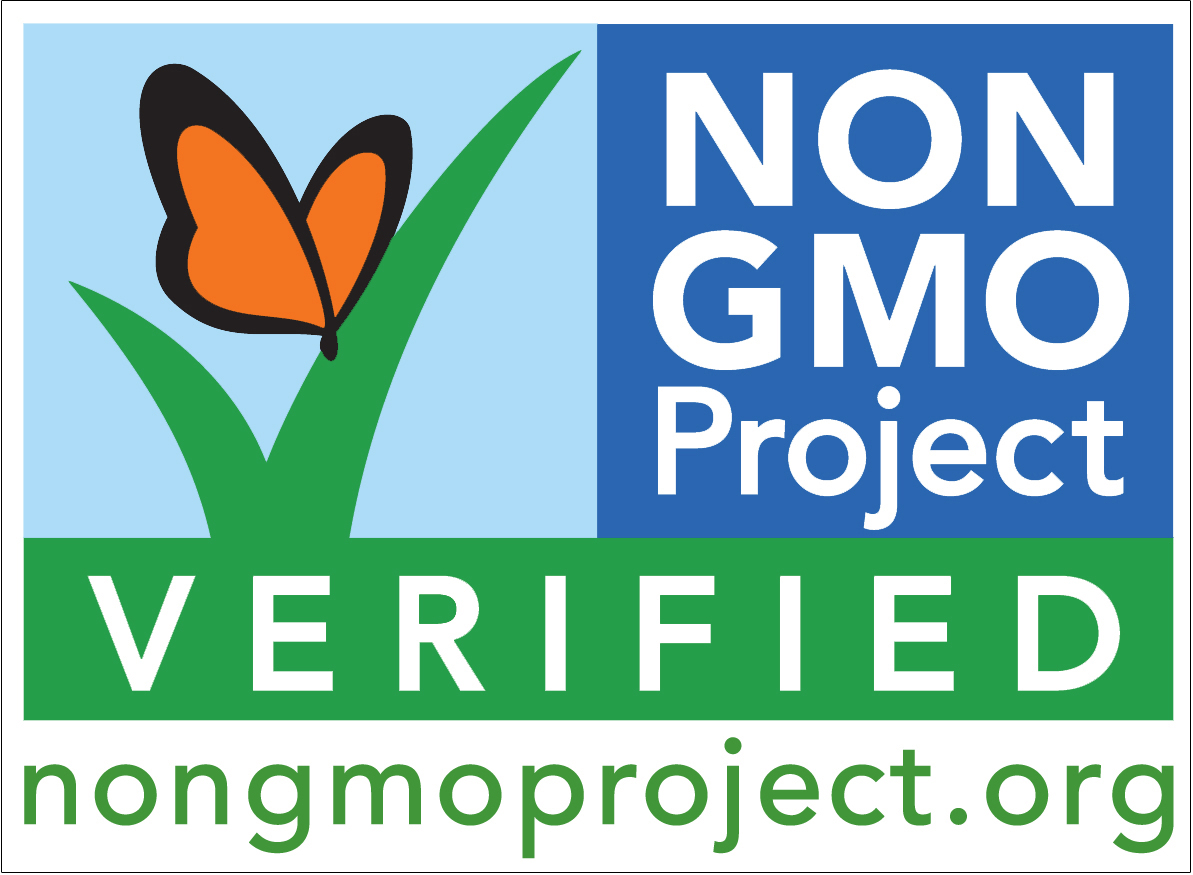Today I’m in California to speak about health and nutrition at a symposium on neuromyelitis optica (NMO) hosted by the Guthy-Jackson Foundation. NMO is a rare disease that is often mis-diagnosed as MS, and as always, my emphasis is on eating real, clean whole foods rather than processed, polluted, or otherwise modified foods. What has really surprised me here in California is how many are still clueless about what a GMO actually is and why we might want labeling so that we can have the freedom to choose to eat them or not.
Genetic modification of foods today is not the cross-polination of seeds as initiated by Gregor Mendel back in the 1300s. Of course, modern agriculture continues to breed and hybridize crops to bring out desired traits through natural cross-polination of strains of the same plant, like Gregor’s peas.
Gregor could never have predicted the kind of genetic tinkering going on on our food supply today.
The kind of genetic modifications going on today by chemical giants like Monsanto involve splicing DNA strands from insects and inserting this DNA into food crops like corn and soybeans to make them more resistant to pests in the fields. GMO corn, for example, is designed to explode the stomachs of bugs when they eat it.
Monsanto designs this corn to additionally be resistant to their “Round-Up” herbicide, so that spraying Round-Up will kill any weeds but not the corn plant.
It’s a profitable business model for Monsanto as they own the patents for the GMO seeds and the special weed-killer that goes with it. The GMO corn that grows from these seeds is itself non-propegating (sterile), so the farmer can’t save seeds to grow next season but will have to purchase new GMO seeds again and again.
Forget the profit motive for a moment and lets look at the effect on humans and other mammals who eat this modified corn.
In 1996, when the FDA approved GMOs for planting in the US, the only research on safety in humans presented was from Monsanto’s own scientists. Twenty years later independent research is showing that GMOs cause tumors and infertility in rodents. Animals raised industrially for food – cattle, pigs, chickens – and fed GMO grains are sicker and requiring more antibiotics than ever before.
It seems that while we know how to turn ON a gene on a DNA strand, we don’t know how to turn it OFF after the plant is done growing and harvested for food. When we eat that GMO plant, or eat the flesh, milk, or eggs from an animal that ate GMOs, we bring that activated insect DNA into our bodies. Designed to explode the stomachs of bugs, it can have the same effect on the cells in our stomachs.
The last 20 years have seen an alarming rise in autoimmune disorders, heart conditions, GERD/acid reflux, obesity, diabetes and other issues related to impaired digestion and “leaky guts”.
Even if you choose to ignore the science showing that GMO crops are harmful to humans, animals, and the environment, the key concept here is choice. Right now, we don’t have a choice in whether or not we want to eat genetically modified foods because they are not required to be labeled as such. With 88% of corn and 94% of soybeans in the US now GMO corn and GMO soy, you must assume every corn or soy food you come across is genetically modified and also every packaged food that contains a corn- or soy-based additive like high fructose corn syrup or soy lethicin contains concentrated GMO DNA.
You don’t need to wait for “more research” to opt out of this massive experiment on the public health. Look for the Non-GMO Project seal on packaged goods. Buy organic products and vote for the organic industry with your dollars. If you are in California, vote YES on Prop 37, as a first step toward nationwide GMO labeling requirements. When the chemical company-funded television ads say that Prop 37 is “unbalanced” because it only calls for labeling “certain foods,” you can understand that those “certain foods” are GMOs; if the food is not GMO, it does not have to be labeled as such!
Besides, if GMOs are so great and great for us, why don’t they want to shout it out that these are “GMO products” and use that in their marketing strategies?



